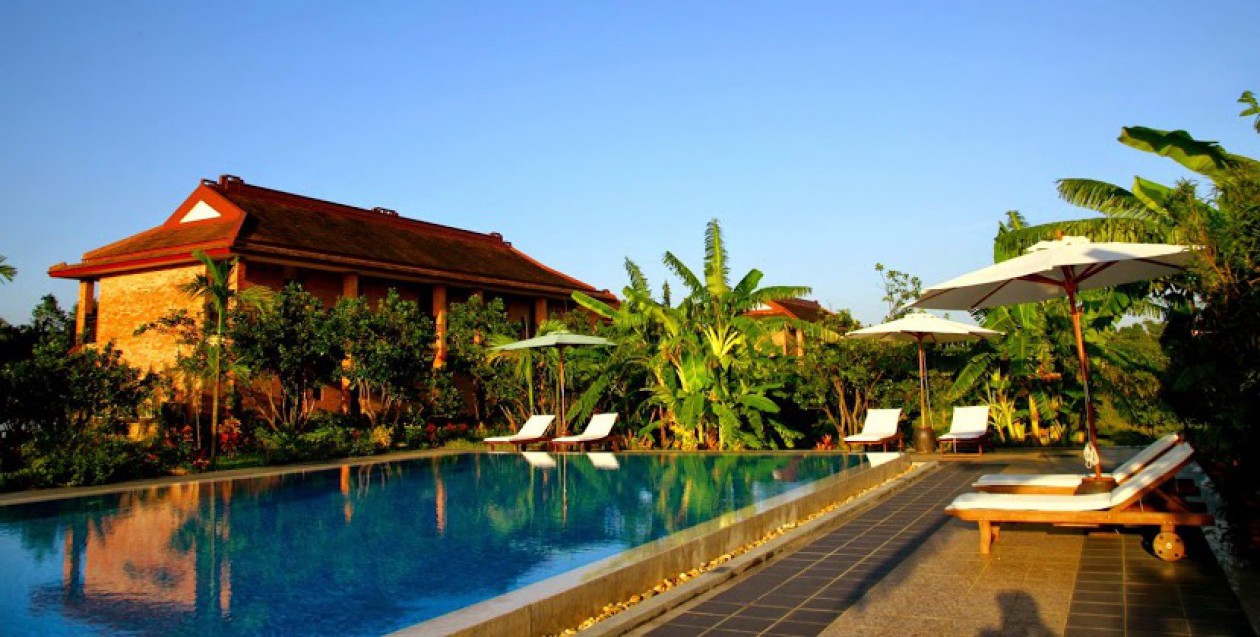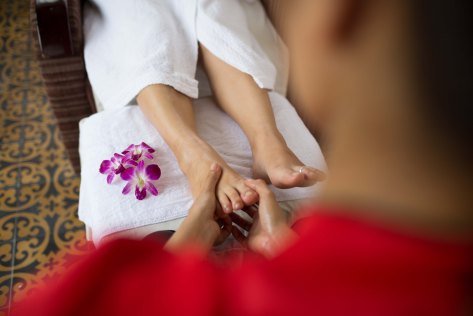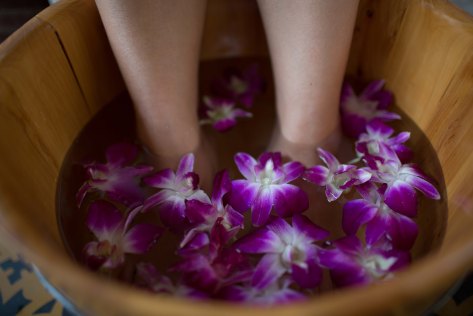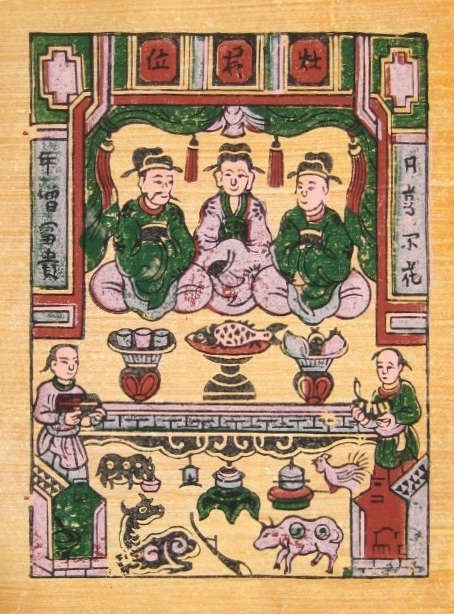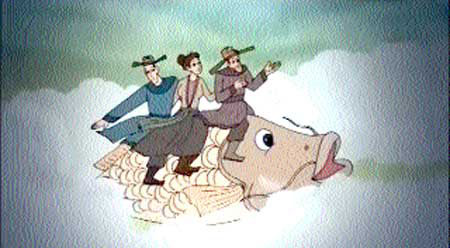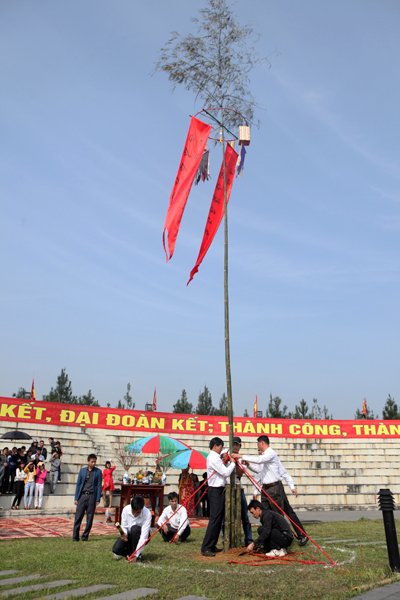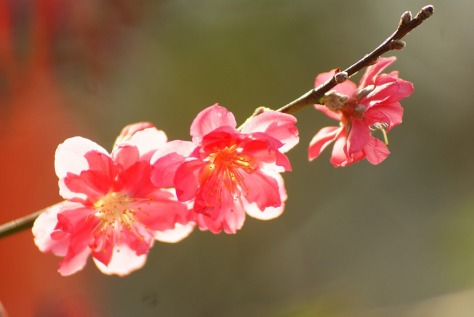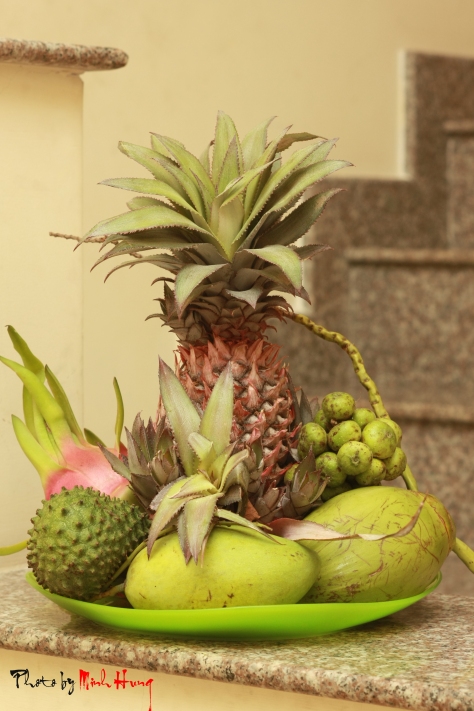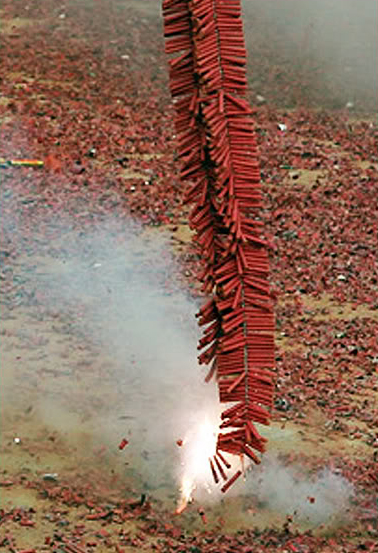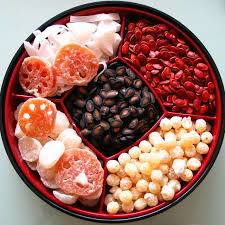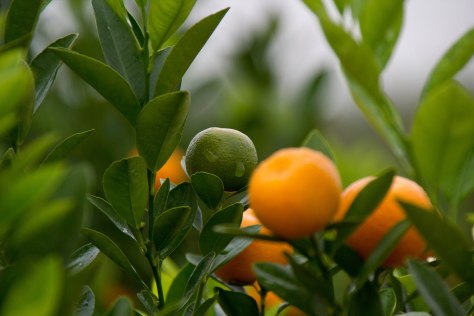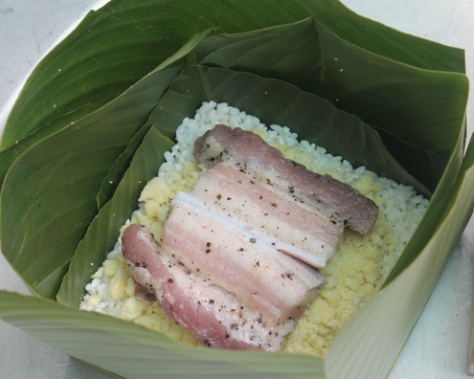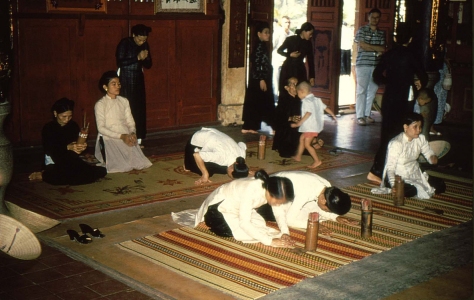– The first day: Our private car will pick you up at Phu Bai airport, receive room, relax and enjoy VietNamese Green Teapot combine Foot massage. You have dinner on boat and feel Perfume river by night.
– The second day: After enjoy breakfast, you will ride a bicycle to visit Thuy Bieu village, Voi Re Temple with our staff. You have lunch at Pomelo restaurant with Asian set menu. Check-out at 12.00am.
* Package Include:
– 1 night in Superior River View Room for 2 persons.
– Complementary 1 breakfast for 2 persons.
– Complementary 1 lunch for 2 persons with Asian set menu.
– Complementary 1 dinner on the boat for 2 persons with Asian set menu.
– Complementary Bicycle tour visit Thuy Bieu, Ho Quyen and Voi Re Temple with our staff.
– Complementary VietNamese Green Teapot.
– Complementary Foot massage 30mins for 2 persons.
* Added Benefits:
– 10% discount for Spa service.
– 10% discount for laundry service.
– Complimentary welcome drinks and fruits in room.
– Complimentary use of bicycles and kayak boat.
– Complimentary shuttle boat to City centre everyday.
– Complimentary use of Fitness Center, Billiard, Games rooms, Kid club, Swimming Pools and Wireless internet.
Note:
– Upgrade to Deluxe River view: $15 for 1 night.
– Extended night: $70/night for 2 persons.
– Extra person: $50/package & $25/children.
Terms & Conditions:
– Above rates are included 10% Government Tax and 5% Service Charge.
– Children policy: Free of charge for maximum 1 child under 3 years old. Children from 3 years old to 7 years old will be charged extra and shared the same bed with parents.
– Cancellation policy: If cancellation is made before 7 days prior to guest’s arrival will be no charge. In case of No show or Cancellation after 7days prior to guest’s arrival, a penalty of 100% will apply.
– Non- consumed service will not be reimbursed
For more information please contact us at:
Phone: (+84.54) 3978484 – (+84.54)3938302
Email: sales@hueriversideresort.com
